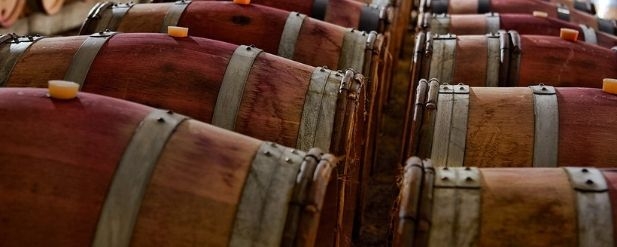
Burgundy 2020: The Early Birds
After three weeks of tastings at fifty domanies across Burgundy, we are delighted to discover a 2020 vintage of records and surprises. Most wine-growers had never known such early picking dates – the very first pre-harvests beginning on the 17th August - whilst for the majority of Domaines it was certainly the first time a vintage had started and ended in August. Even in the coolest, most northerly parts of the Côte de Nuits such as Marsannay, harvest was done and dusted by the 10th of September. One of the driest years on record had also produced one of the smallest for reds. Flowering was largely successful but berries were small. Summer conditions were characterised by drought rather than heat, and this concentrated both sugars and acidities in the Pinot Noirs, resulting in reds of higher than average alcohols (broadly between 13.5% – 14.5%) and high acidities. When 2019 offered record-breaking analyses, no one would have guessed that just one year later growers would once again proclaim that new boundaries had been broken in terms of the balance between alcohols and pHs.
The most unexpected part of our November tastings in Burgundy was the freshness of the wines. Above all other emotions, we returned to the UK with a great sense of optimism for the wines of Burgundy; in this new era of global warming, it is clearly still possible to produce high quality, nuanced, terroir-driven Pinot Noir and Chardonnay that has been harvested in August. Although Pinot Noir suffered most from the drought, and it is here where alcohols are at their highest and where quality was sometimes heterogenous, there is no doubting many exceptional red Burgundies have been made; some domaines, such as Méo-Camuzet, Marquis d’Angerville, Domaine des Lambrays and Château de Marsannay have arguably produced their best ever vintages. The wines are fuller-bodied than usual and generally verge more towards riper, darker fruit profiles, yet they also possess high levels of natural acidity and a sense of luminescence. They will need more time in barrel and bottle than their more immediately charming 2019 predecessors.
Perhaps surprisingly, the picture is even more encouraging for white wines. Flowering was successful and Chardonnay suffered less than Pinot Noir from the Summer drought. A normal sized crop coupled with the benefit of experience that producers have gained from other precocious vintages, has resulted in consistently brilliant wines of staggering freshness and allure. As such, 2020 must surely deserve its place among the great white vintages of the past two decades. Less extreme heat and bigger yields have meant fresher wines than the concentrated 2019s. The 2020s betray the sunshine of the vintage in their yellow fruit profiles, whilst offering the searing energy of cooler years. Many growers likened the wines to a balance of 2017 and 2014 (with more tension than the former and riper fruit than the latter.) They are fresh, fragrant and immediately charming, but offer the dry extract and intensity to suggest very good ageing potential.
Giles Burke-Gaffney
Justerini & Brooks, December 2021
61 St. James's Street, London SW1A 1LZ
Reg. Company No: 68576
AWRS URN: XPAW00000105319
Please do not share with anyone under the legal purchase age for alcohol.
Drink Responsibly www.drinkiq.com
© Justerini & Brooks 2024. All Rights Reserved.